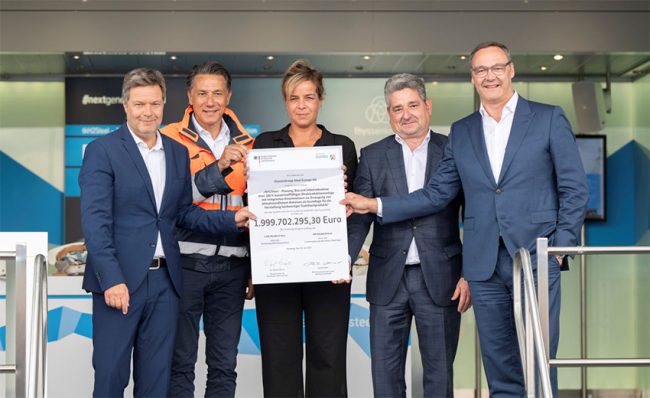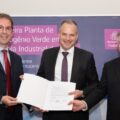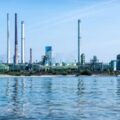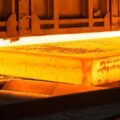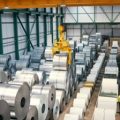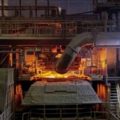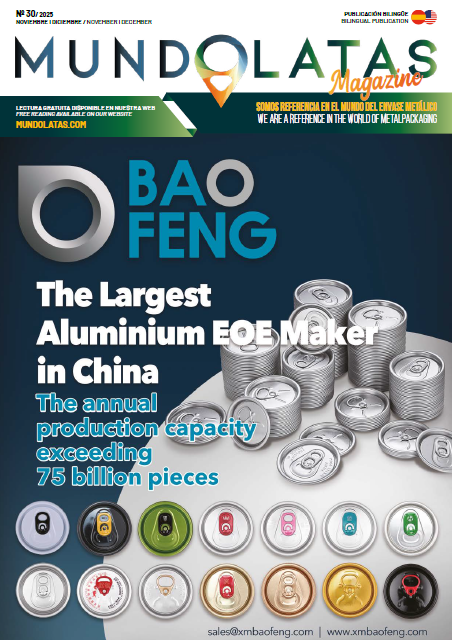The European Commission announced the approval of state aid of up to two billion euros for the “tkH “2Steel” decarbonization project. The project is an important contribution to achieving the climate targets in Germany and Europe and will be implemented through two interrelated financing instruments, supporting and promoting above all innovative plant technology and the early end of natural gas use.
The approval of the state aid by the EU Commission will thus enable the German government to release the requested financial assistance. The pioneering concept is characterized in particular by its innovativeness and the extremely ambitious increase in hydrogen. On the one hand, this will quickly save a large amount of CO.2, and on the other hand, “tkH2Acero” will become a driver of the European hydrogen economy. Consequently, it will function as a sheet anchor for investments in the rapid development of a cross-border hydrogen infrastructure. ThyssenKrupp’s own investment is just under one billion.
In this regard, Bernhard Osburg, Chairman of the Executive Committee of thyssenkrupp Steel Europe AG noted: “Our project is an important contribution to achieving climate goals in Germany and Europe, and secures sustainable industrial jobs not only here but also in related industries. In this way, we can also demonstrate internationally that progress, prosperity and climate change mitigation are not mutually exclusive. We thank the German government and the state government of North Rhine-Westphalia for their continued and strong support for the ecological transformation of our steel production, and their confidence in our concept. We are now counting on an early formal approval by the German government.”
It is also a pioneering concept with a unique and innovative combination of plants. The core of the “tkH” 2Steel concept is the integration of a technologically new plant combination into Europe’s largest steel plant. The 100% hydrogen-capable DR plant with two smelters has a production capacity of 2.5 million metric tons of directly reduced iron per year (representing 2.3 million metric tons of hot metal).
It is the first plant combination of its kind in the world with this technological concept. It will be a technological pioneer for further decarbonization of the steel value chain and will ensure, among other things, special materials indispensable for the success of the energy and mobility revolution. That is a significant step for industrial climate change mitigation in Europe: annual savings will eventually total up to 3.5 million metric tons of CO.2.
The plant is scheduled to operate as early as 2029 with around 143,000 metric tons of hydrogen per year, which is equivalent to filling the Oberhausen gasometer every two hours, 365 days a year. Commissioning is scheduled for the end of 2026.

